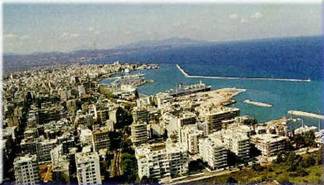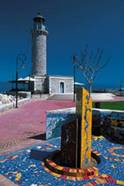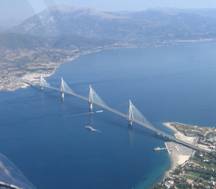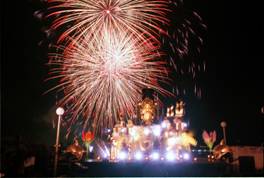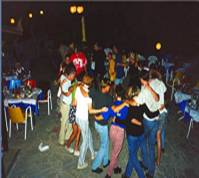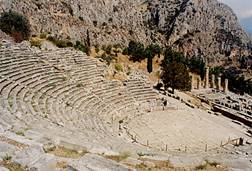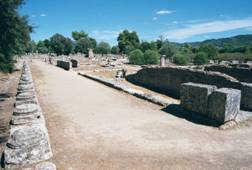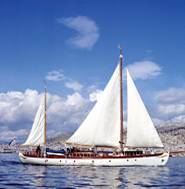The City of Patras is a varied and exciting place to live in, redolent of historical events and yet vibrating with the present times. Its history can be traced back to prehistoric times to the second millennium B.C. It is the capital of the prefecture of Achaia, which is named after the historically oldest people in Greece. The city took its name from Patreus, who was the leader of the Acheans in the 12th century B.C. In the 3rd century B.C., the Acheans formed the famous Achean league, which was the first form of representative government found in Greece. In the 1st Century A.D. St. Andrew came to Patras. It was here that he was martyred and ever since he has been the patron saint of the town. During the Greek struggle for independence in 1821, the region of Achaia played a vital role bringing about the independence of the Greek state from the Ottoman Empire. During the 19th century, Patras became an import commercial and industrial centre, functioning especially as a centre for the export of dried fruit to Western Europe.
Patras is located in the North-West of the Peloponnese and has a population of over 250 000 people. It is the regional capital of Western Greece and, as a major harbour, it functions as the main gateway for Greece towards Italy and Western Europe. With over 50 sailings to Italy per week, nearly all of Greece's trade with the rest of the EU goes through Patras. The surrounding region is an important agricultural area for Greece, with extensive production of citrus fruit, potatoes and watermelons. The area is also well-known for its vineyards, with outstanding wines being produced here. The internationally known Achaia-Claus wine company is based just outside Patras. The city offers a wide variety of cultural and sports opportunities. The municipal orchestra The Solists of Patras put on regular performances at the Municipal Theatre, which is also the home for the town's theatre company. There are also several amateur theatre groups, most notable the Agora Theatre which has a regular program of events. In the Municipal Theatre, and in the open air theatre in the Venetian Castle visiting theatres, orchestras and other performing artists make regular appearances. There is a municipal art gallery and several publicly funded private galleries in the city, which exhibit local artists and also internationally known painters and sculptors regularly.
The city is famous for its annual carnival, which occurs in February or March. During this time, many young people in Patras, including the student population of the University, get together in groups, dress up, dance in the streets, have lots of parties and finally as culmination of the festivities, take part in the annual parade. Thousands of people participate in a phantasmagoria of colourful activities.
The city is centrally located and provides easy access to some of the most important historical sites of the ancient world. To the south, just over an hour's drive away lies Olympia, the place where the ancient Olympic games took place, and in the nearby mountains the temple of Apollo at Bassae which is one of the best preserved ancient temples in Greece.
Across the waters of the Corinthian gulf lies Delphi, where the Pythia, the prophetess, would deliver her oracles all and sundry in the ancient world. In the mountains above Patras, near the town of Kalavrita, there is also an excellent ski resort with several lifts.
